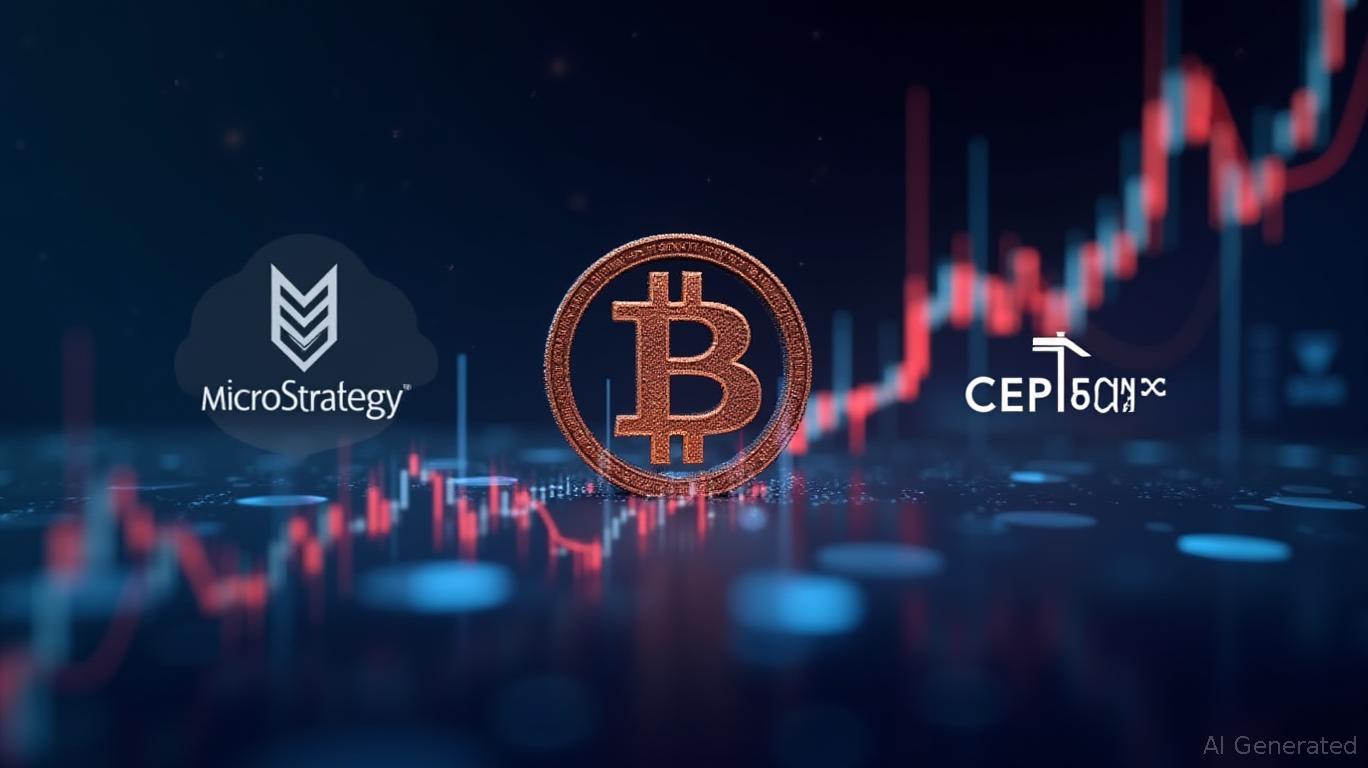AInvest Newsletter
Daily stocks & crypto headlines, free to your inbox
The crypto market's evolution in 2025 has given rise to a new breed of financial instruments: crypto accumulation SPACs. These vehicles, designed to aggregate digital assets through public listings, are bifurcating into two distinct categories: leverage-driven speculative plays and institutional-grade exposure platforms. Investors must discern between these approaches to capitalize on the opportunities—and avoid the pitfalls—of this nascent sector.

Some crypto SPACs deploy aggressive financial engineering to amplify returns, often through derivatives and debt. For instance, companies like DeFi Development Corp (DFDV) issue convertible bonds or sell call options against their shares, using the proceeds to acquire more crypto. This strategy aims to grow the BTC-per-share (BPS) ratio faster than the underlying asset's price, creating a NAV premium that attracts speculative capital.
Why it's risky: Such SPACs rely on sustained volatility to execute their strategies. A prolonged calm market could strand them, while mispricing derivatives could amplify losses. Additionally, the premium-to-NAV is fragile—sudden crypto price drops or regulatory shifts could trigger a sell-off, as seen post-Bybit's $1.5B hack in early 2025.
In contrast, MicroStrategy (MSTR) and Sharplink Gaming (SBET) exemplify SPACs structured for institutional investors, prioritizing regulatory compliance, liquidity, and long-term growth. These entities:
1. Operate as closed-end funds, locking capital to avoid redemption pressure.
2. Focus on low-correlation assets like Bitcoin, which have historically outperformed the S&P 500 (0.1 correlation over 13 years).
3. Leverage staking and yield farming for compounding returns, as seen in Solana (SOL) holdings by DFDV.
Why it's compelling: These SPACs thrive on regulatory tailwinds—such as the GENIUS Act advancing stablecoin frameworks—and political backing, including Trump's U.S. Strategic Bitcoin Reserve. Their premium-to-NAV reflects confidence in management's ability to grow BPS organically, insulated from short-term volatility.
The crypto accumulation SPAC market is at an inflection point. While leverage-driven plays offer adrenaline-fueled returns, their survival hinges on market chaos. Institutional-grade platforms, meanwhile, are positioned to capitalize on regulatory clarity and macro trends. With Bitcoin nearing $110,000 and SPACs like Twenty One Capital trading at 2x NAV, the time to decide is now.
Investors must ask: Am I here to ride the rollercoaster or build a fortress? The answer will determine whether crypto SPACs become your next windfall—or worst regret.
Daily stocks & crypto headlines, free to your inbox
Comments
No comments yet